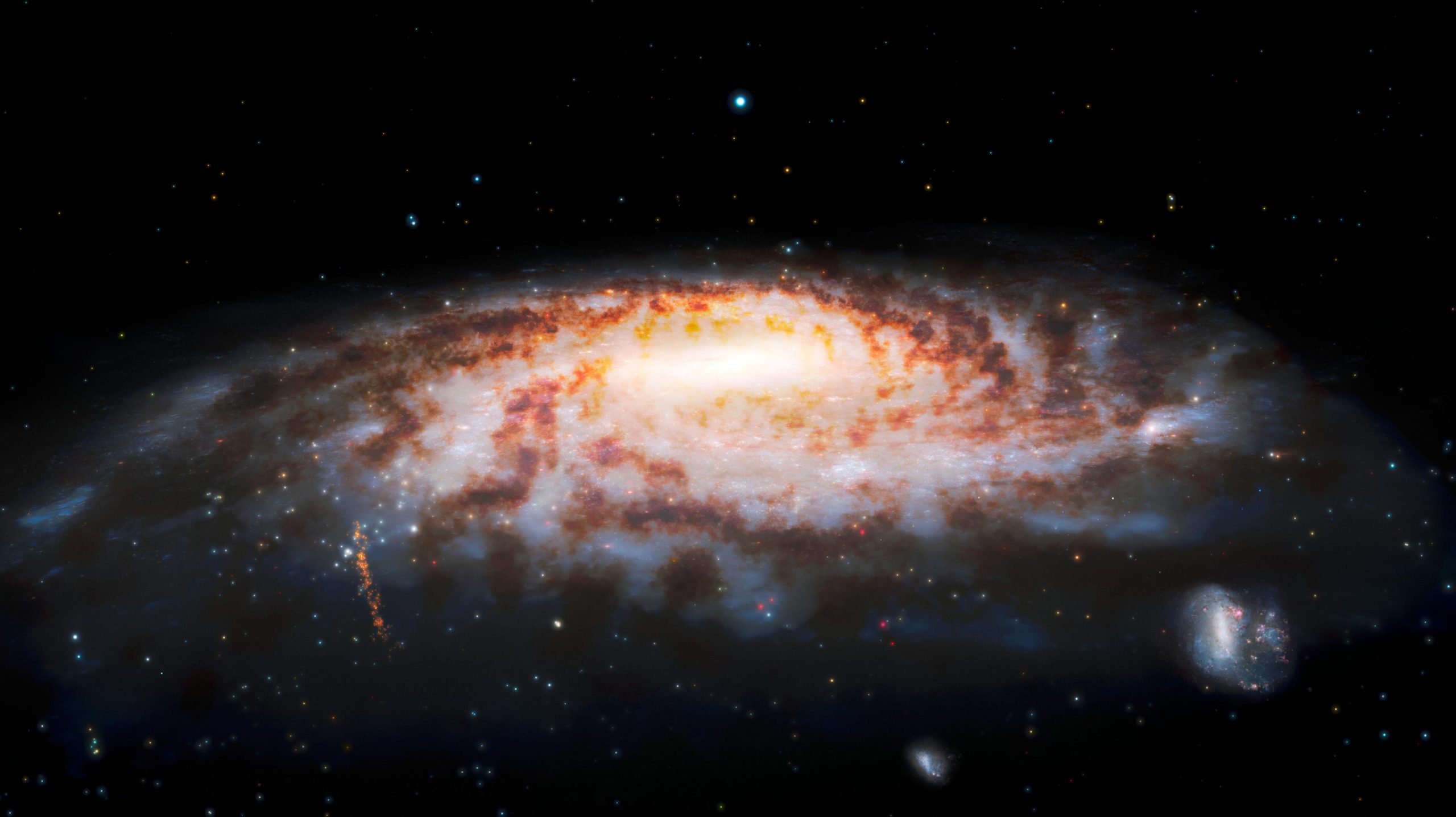Ecosyste.ms: Awesome
An open API service indexing awesome lists of open source software.
https://github.com/sayamalt/stellar-classification---sloan-digital-sky-survey-17
Successfully established a machine learning model which can predict an appropriate stellar class, on the basis of a distinct set of spectral characteristics, to a substantially high level of accuracy.
https://github.com/sayamalt/stellar-classification---sloan-digital-sky-survey-17
cross-validation data-preprocessing data-visualization exploratory-data-analysis feature-engineering feature-scaling imbalanced-learning model-deployment model-evaluation model-training multiclass-classification supervised-machine-learning
Last synced: 29 days ago
JSON representation
Successfully established a machine learning model which can predict an appropriate stellar class, on the basis of a distinct set of spectral characteristics, to a substantially high level of accuracy.
- Host: GitHub
- URL: https://github.com/sayamalt/stellar-classification---sloan-digital-sky-survey-17
- Owner: SayamAlt
- Created: 2022-06-09T20:42:01.000Z (over 2 years ago)
- Default Branch: main
- Last Pushed: 2022-06-10T13:39:58.000Z (over 2 years ago)
- Last Synced: 2024-11-07T12:47:57.089Z (3 months ago)
- Topics: cross-validation, data-preprocessing, data-visualization, exploratory-data-analysis, feature-engineering, feature-scaling, imbalanced-learning, model-deployment, model-evaluation, model-training, multiclass-classification, supervised-machine-learning
- Language: Jupyter Notebook
- Homepage:
- Size: 16.7 MB
- Stars: 3
- Watchers: 1
- Forks: 1
- Open Issues: 0
-
Metadata Files:
- Readme: README.md
Awesome Lists containing this project
README
# Stellar-Classification : Sloan-Digital-Sky-Survey-17



## Deployed Web Application
Link: https://stellar-classification.herokuapp.com/
## Context
In astronomy, stellar classification is the classification of stars based on their spectral characteristics. The classification scheme of galaxies, quasars, and stars is one of the most fundamental in astronomy. The early cataloguing of stars and their distribution in the sky has led to the understanding that they make up our own galaxy and, following the distinction that Andromeda was a separate galaxy to our own, numerous galaxies began to be surveyed as more powerful telescopes were built. This datasat aims to classify stars, galaxies, and quasars based on their spectral characteristics.
Stellar Object
Description
Star
A star is an astronomical object comprising a luminous spheroid of plasma held together by its gravity.
Quasar
A quasar (also known as a quasi-stellar object, abbreviated QSO) is an extremely luminous active galactic nucleus (AGN), powered by a supermassive black hole, with mass ranging from millions to tens of billions of solar masses, surrounded by a gaseous accretion disc.The term quasar originated as a contraction of "quasi-stellar [star-like] radio source"—because quasars were first identified during the 1950s as sources of radio-wave emission of unknown physical origin—and when identified in photographic images at visible wavelengths, they resembled faint, star-like points of light.
Galaxy
A galaxy is a gravitationally bound system of stars, stellar remnants, interstellar gas, dust, and dark matter.
References:
- "star." Oxford Dictionary of English 2e, Oxford University Press, 2003.
- "Galaxy" (İngilizce). Encyclopædia Britannica.
- Hupp, E. (21 Ağustos 2006). "NASA Finds Direct Proof of Dark Matter"
- Wu, Xue-Bing; Wang, Feige; Fan, Xiaohui; Yi, Weimin; Zuo, Wenwen; Bian, Fuyan; Jiang, Linhua; McGreer, Ian D.; Wang, Ran; Yang, Jinyi; Yang, Qian (Şubat 2015). "An ultraluminous quasar with a twelve-billion-solar-mass black hole at redshift 6.30". Nature (İngilizce). 518 (7540): 512-515. doi:10.1038/nature14241. ISSN 1476-4687
- Frank, Juhan; King, Andrew; Raine, Derek J. (1 Ocak 2002). Accretion Power in Astrophysics: Third Edition
## Content
The data consists of 100,000 observations of space taken by the SDSS (Sloan Digital Sky Survey). Every observation is described by 17 feature columns and 1 class column which identifies it to be either a star, galaxy or quasar.
Feature
Description
obj_ID
Object Identifier, the unique value that identifies the object in the image catalog used by the CAS
alpha
Right Ascension angle (at J2000 epoch)
delta
Declination angle (at J2000 epoch)
u
Ultraviolet filter in the photometric system
g
Green filter in the photometric system
r
Red filter in the photometric system
i
Near Infrared filter in the photometric system
z
Infrared filter in the photometric system
run_ID
Run Number used to identify the specific scan
rerun_ID
Rerun Number to specify how the image was processed
cam_col
Camera column to identify the scanline within the run
field_ID
Field number to identify each field
spec_obj_ID
Unique ID used for optical spectroscopic objects (this means that 2 different observations with the same spec_obj_ID must share the output class)
class
Object class (galaxy, star or quasar object)
redshift
Redshift value based on the increase in wavelength
plate
Plate ID, identifies each plate in SDSS
MJD
Modified Julian Date, used to indicate when a given piece of SDSS data was taken
fiber_ID
Fiber ID that identifies the fiber that pointed the light at the focal plane in each observation
## Acknowledgements
The data released by the SDSS is under public domain. Its taken from the current data release RD17.
More information about the license: http://www.sdss.org/science/image-gallery/
SDSS Publications:
Abdurro’uf et al., The Seventeenth data release of the Sloan Digital Sky Surveys: Complete Release of MaNGA, MaStar and APOGEE-2 DATA (Abdurro’uf et al. submitted to ApJS) [arXiv:2112.02026]